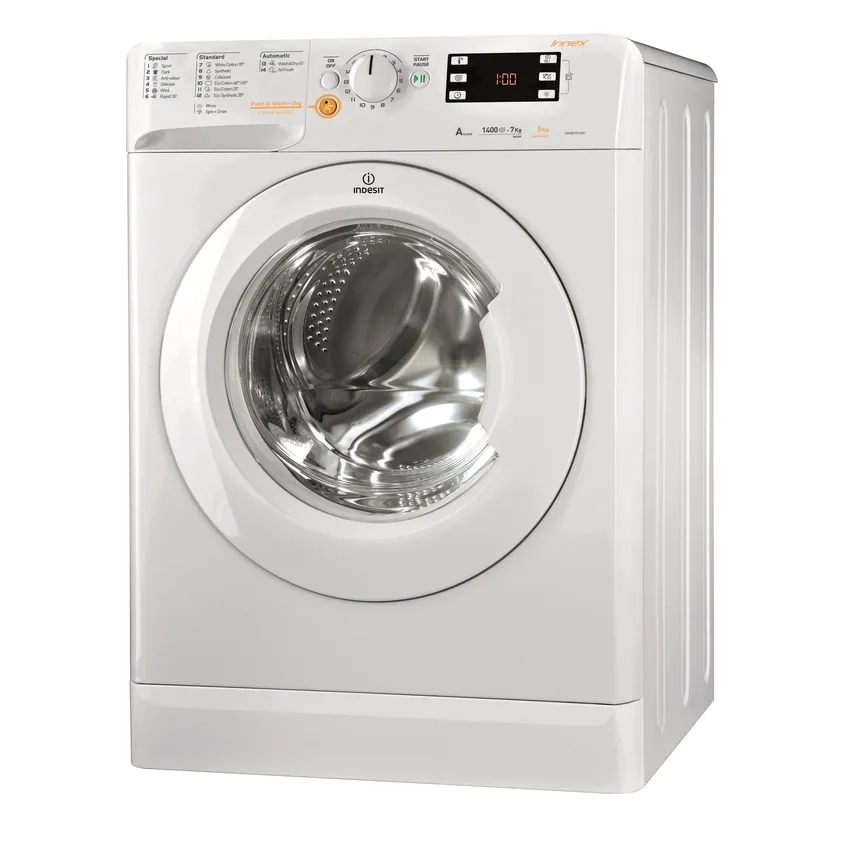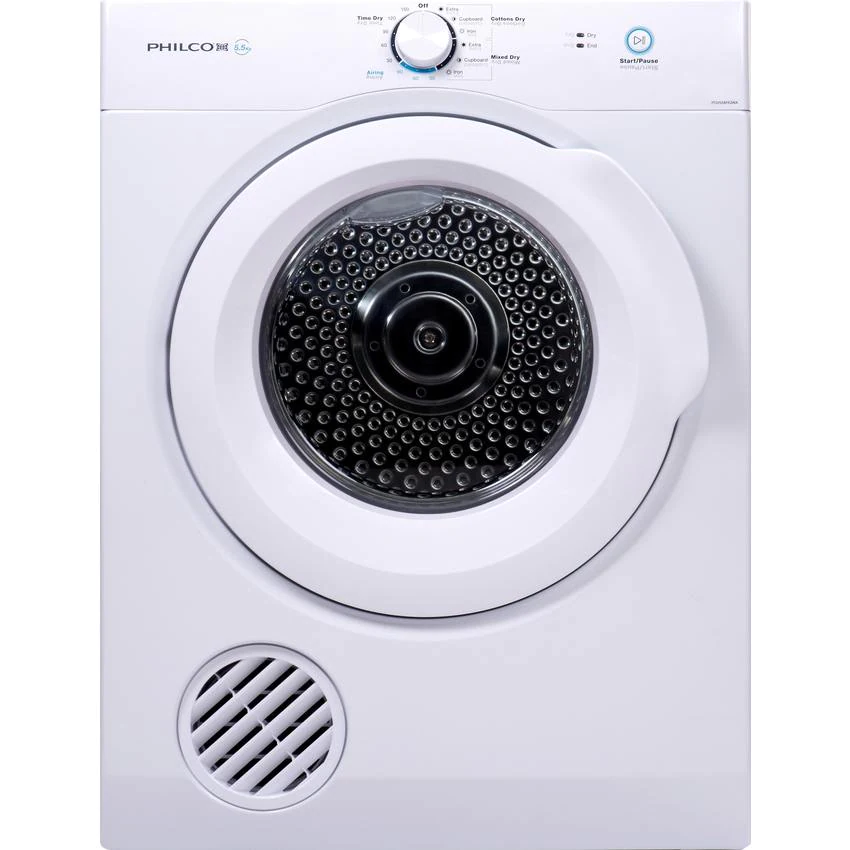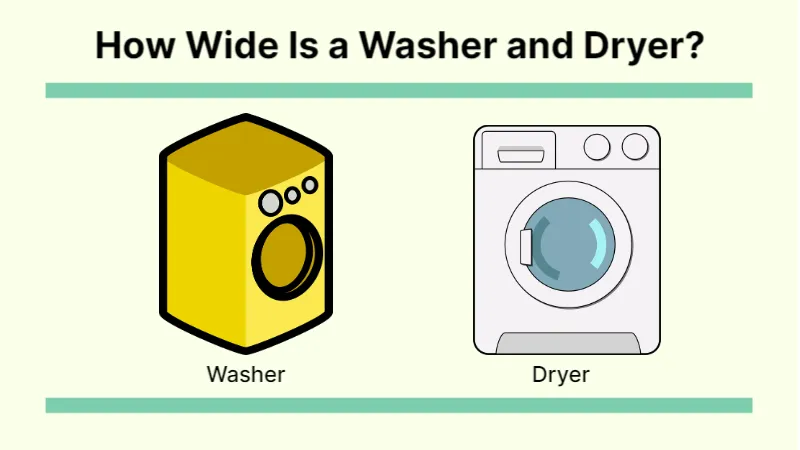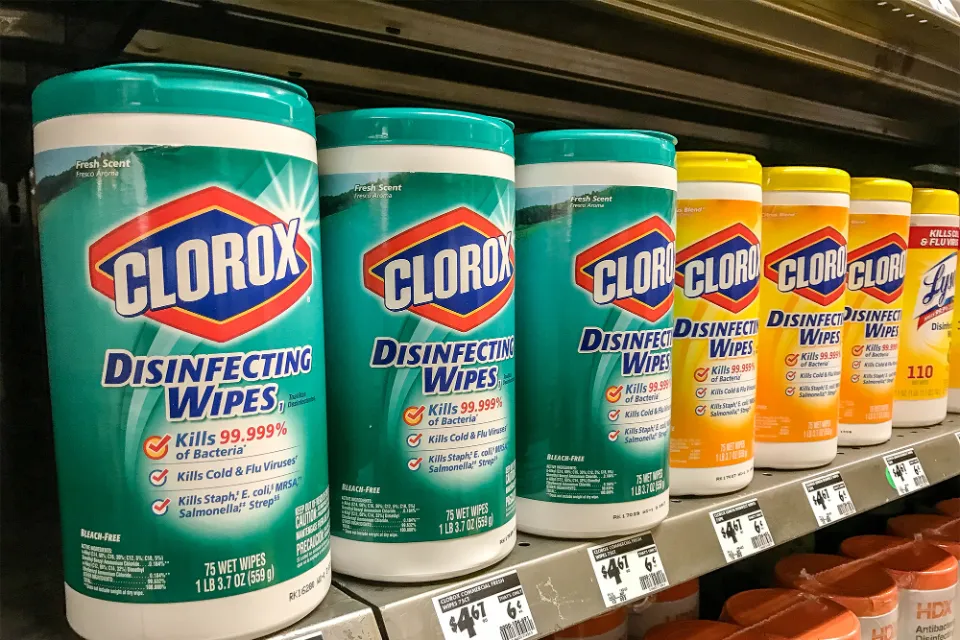You may be wondering “how wide is a washer and dryer” if you’re unsure of where to put your new appliances.
Washers and dryers that are full size are 27 inches wide. Usually 35 to 39 inches high and 28 to 34 inches deep.
Also available are 24 inch wide compact machines. Mega-capacity appliances are typically 28–30 inches wide if you want a bugger appliance. For airflow and plumbing, remember to leave six inches at the back and one inch on either side before installation.
How Wide is a Washer and Dryer?
The size of a washer and a dryer varies depending on the brand and type of washer. However, full-size washers and dryers typically have a width of 27 inches. Those are 2.25 feet, in feet.
What Are Standard Washer and Dryer Sizes?
Typically, front-loading washers and dryers measure 27 inches wide, 39 inches tall, and 32 to 34 inches deep. Alternatively, top-loading washers and dryers are typically 27 inches wide, 42 to 44 inches tall, and only 27 to 28 inches deep.
When measuring, be sure to leave at least six inches between the appliance and the back wall for hoses and ventilation, as well as one inch between the washer and dryer for side-by-side units.
Standard Side-by-side Washer and Dryer Dimensions
A space approximately 56 inches wide is required for a set of standard side-by-side washers and dryers. If you have front-loading washers and dryers, make sure to leave at least four feet in front of the appliance to give yourself enough room to load and unload your laundry.
Be sure to leave at least two feet of clearance above top-loading appliances so that the lid can be opened and closed with ease.
Adding washer dryer pedestals to front load washers and dryers from You can load and unload with little bending thanks to Whirlpool’s potential 15-inch height increase.
Typical washers have between three and five cu. ft. of capacity, while dryers generally have five to seven cu. ft.
Additionally, top load washers may have a capacity of slightly more than five cu. ft., whereas front load washers have a smaller capacity and generally do not go above five cu. ft.

Stacked Washer and Dryer Dimensions
Many front load washers and dryers can be stacked, which may be perfect if your home has more vertical than horizontal space.
The size of stackable washers and dryers from Whirlpool adheres to the traditional measurements of 24 to 28 inches wide, 39 inches tall, and 32 to 34 inches deep.
A laundry area that is approximately 29 inches wide, 80 inches tall, and 32 to 34 inches deep to accommodate both the washer and dryer must be taken into consideration in order to fit the appliances in your available space.
To ensure proper ventilation, keep in mind that there should be at least six inches of space between the appliance and the back wall. Allow at least one inch between each side of the appliance and the wall if you are stacking in a closet.
Suggested reading: So, does a bedroom have to have a closet? Below will tell you what makes a bedroom a bedroom. Surprise! The answer to this question is not that simple. In order to share our research with you here, we conducted a little investigation. Keep reading.
How to Measure for a New Washer and Dryer?
You must measure for the appliances after determining the width of your washer and dryer and the other crucial dimensions.
Unfortunately, simply knowing the dimensions—width, depth, and height—is insufficient. There are some other factors that you must consider.
You must first think about the required airflow. To ensure adequate airflow, you must multiply the machine’s width by one inch on each side. If you’re putting the appliances side by side, you must leave an inch between them and an inch on each of the outer sides.
The machine must then have a depth increase of at least six inches. This gives you room for the water and vent hookups on the back of the appliances.
Consider the height last. In order for the lid of top loading machines to fully open, you must be at least 20 inches above the machine. If you’re adding pedestals for front-loading machines, make sure there is enough height above the machine. We advise squeezing the appliance under a countertop by about ½ inch to allow for obstruction-free gliding in and out.
When the door is open, you must also take the depth into account so that you can open and close the door easily.
The kind of crocs you own will affect how you should wash them. Can you put crocs in the washing machine? To avoid damaging your crocs when washing them, you should first read this post.
Tips for Fitting a Washer and Dryer into a Small Space
There are some tips you can try if you’re living in a small space. Keep these things in mind to make installation easier:
- Consider the brand: Over full-size or mega-capacity appliances, we unquestionably advise choosing a compact model. In light of this, think about brands like LG, Bosch, or Miele. They design appliances with a maximum width of 24 inches.
- Always check the door-open depth: You might come across a washer or dryer that seems like the ideal fit. But make sure to measure with the door open. If you installed your new appliances and couldn’t even open the door, that would be a catastrophe!
- Check the drum capacity: It’s crucial to check the drum capacity in addition to the appliance measurements. To guarantee that you can wash a sufficient number of clothes at once, you should take the largest capacity to size ratio possible. For instance, search for a machine with a capacity of about three cubic feet. Around 12 pounds of laundry can fit in here per load.
- Choose a combo: Choose a washer-dryer combo if your home is too small to accommodate both a washer and a dryer. These machines allow you to both wash and dry your clothes. They don’t do the best job of drying clothes quickly, but they beat hanging your clothes to dry for days on end in the air!
- Go stacked: Choose a stackable option if you want two distinct appliances. The alternative is to purchase two separate appliances and stack them yourself. As a result of using the extra height in your home, you will save even more space.

How to Choose a Washer and Dryer?
You have a wide range of choices when it comes to picking the ideal washer and dryer for your family’s requirements. Make sure to take the appliance’s size, capacity, types, and features into account before choosing.
Washers
Front-load vs. Top-load
With top-load and front-load designs, comfort, capacity, and space are the three main factors to take into account.
Convenience: Front-loading washers might call for more bending and reaching.
The inner workings of front-loading washers are as follows: instead of using an agitator, they use a tumble method, which may use less water but result in a longer wash cycle.
Drums that can hold 4 to 5 cubic feet of material are available for front-loaders. The agitator decreases the top-load capacity. Any increase in drum size and capacity results in a larger machine.
Traditional washers (and dryers) range in height but are typically between 27 and 28 inches wide and 30 to 35 inches deep. Aim for a 6 inch separation between the machine and the wall and a 1 inch space between each machine.
Make sure a new machine will fit by measuring your home’s doors and stairwells before you shop.
Term to Know: High Efficiency (HE)
Despite the fact that all front-load washing machines are high-efficiency (HE) models, some top-load machines, specifically those without agitators, are HE models. Overall, most HE washers:
Use about half the water
Have larger capacities
Spin faster
May remove more water and cut drying time
Have a longer wash cycle (they’re designed to tumble-clean your clothes and rely on less water in the process)
The Extras
Appliances for laundry are getting a lot of cutting-edge features from manufacturers. Here are a few:
Automatic dispensers that add detergent, bleach, and fabric softener as needed; some models can store months’ worth of detergent. (Advice on selecting the best fabric softener, laundry detergent, and other products.)
An additional rinse cycle can be used to help get rid of pet hair, difficult messes, and detergent residue.
a stainless steel tub to withstand faster spin rates, which extract more water and shorten drying times.
A built-in sink or multiple washer tubs to help pre-treat stains and wash small loads of delicates
Digital personal assistants and voice control via mobile apps.
Dryers
Front-loading dryers are the only kind. For wet laundry to expand as it dries, a dryer’s large drum capacity is necessary. 30 to 35 inches deep and 27 to 28 inches wide are the standard dimensions for washers and dryers. Possibly larger are more recent machines with higher capacities.
For best results, leave 6 inches between machines and the wall and 1 inch between each machine.
Gas vs. Electric
Performance is typically comparable regardless of the power source, but electric dryers continue to be the most common.
A 240-volt outlet is required for an electric dryer.
A gas hookup and a 120-volt outlet are required for a gas dryer.
Term to Know: High Efficiency (HE)
Today’s dryers keep drying times to a minimum (saving energy and preserving fabrics) by relying on moisture sensors instead of thermostats—thus the term high-efficiency. According to how wet the laundry is, a moisture sensor determines the appropriate drying time. You might need to add more drying time if you frequently dry smaller loads because the clothes might not touch the sensor frequently enough. (Use a timed-dry cycle for small loads to help stop this.)
Measure for Good Measure
It’s crucial to take measurements when you find a washer and dryer you love. If you don’t complete this step, you might end up with machines that don’t fit in your house.
Always inquire about the washer’s and dryer’s width. Is there room for ventilation on all three sides and will it fit?
Don’t forget that there are numerous sizes available for washers and dryers. Thus, whether you live in a huge mansion or a small studio apartment, you can find the right fit.
Read about



